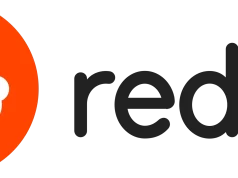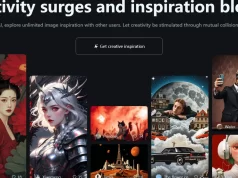Starting now, TikTok creators will be expected to disclose any content that has been generated by artificial intelligence. This new requirement ensures transparency and fairness for all users of the platform


If you’re an active user of social media, chances are you’ve encountered AI-generated content that may have fooled you, whether it was a viral image of Pope Francis or a music collaboration that sounded remarkably real. TikTok has taken a step to address this issue within its platform.


Join our Telegram Channel for Updates
On Tuesday, TikTok introduced a new feature aimed at ensuring transparency and preventing misleading or confusing content. This feature mandates creators to label content that includes “realistic images, audio, or video” generated by AI. When uploading a video that contains AI-generated content, users will have the option to activate the AI-generated label. Once enabled, viewers will see a gray box on the video, similar to the one used for paid partnerships, indicating the presence of AI-generated elements. Creators are also encouraged to employ other means, such as stickers or captions, to provide this disclosure.
TikTok will be launching educational materials and resources in the coming weeks to familiarize users with the feature, explaining how to use the labels and when they should be applied. While this platform doesn’t explicitly outline the repercussions of failing to disclose AI-generated content, it is implied that non-compliance would breach community guidelines, potentially resulting in the removal of the content from the platform.
Additionally, this platform is working on a tool that will automatically apply labels to AI-generated content without requiring manual intervention from creators. To enhance transparency, This platform is ensuring that all of its AI-powered filters include the term “AI” in their names.
TikTok conveyed in its press release that its objective with these initiatives is to expand upon existing content disclosures, like their TikTok effects labels, and develop a transparent, user-friendly approach to keep its community informed regarding AI-generated content. The realism of AI-generated content often makes it extremely challenging for users to distinguish between what is fake and what is genuine, which can lead to significant negative consequences, including the spread of misinformation.
Other social media platforms are also taking steps to tackle this issue. Instagram is reportedly in the process of developing its own AI label. Similar to TikTok’s approach, Instagram’s label would be displayed on posts containing AI-generated content. However, specific details regarding the implementation and management of this feature have not yet been disclosed.











